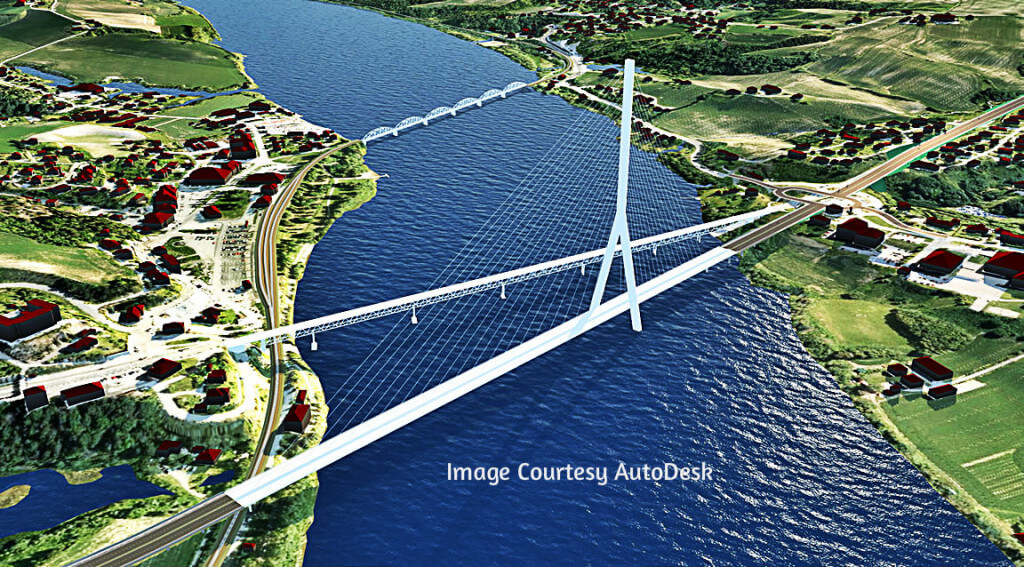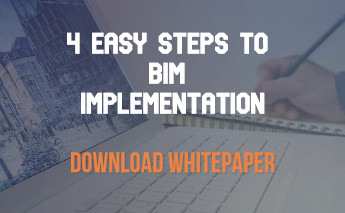|
Getting your Trinity Audio player ready...
|
How important is Building information modeling for Infrastructure?
Building Information Modeling, the advanced and widely recognized design methodology in the building industry, has high demand and acceptance among engineers, architects and contractors. The entire industry now knows the advantages of 3D modeling and it increases its application for infrastructure by engineering service providers and owners.
Even though many infrastructure firms start to use BIM, they are not fully aware of its potential. If BIM is used just as a more powerful version of tradition CAD for design-specific workflow, the real benefit or value cannot be realized. Instead, they may fail to recognize the trans-formative power of this model-centric process.
Building information modeling for infrastructure acts as a vehicle for business process and there are many advantages by using it.
- BIM for infrastructure makes decision making accurate and thereby reduces risks. It helps all stakeholders increase clarity of project.
- As BIM ensures data fidelity and continuity throughout the lifecycle of a project, the construction team cam improve quality and productivity.
- The technology used in BIM can offer a critical foundation for business agility and it will increase the profit and improve the growth.
- BIM for infrastructure also help reduce the costs and increase the sources of funding, as it can predict more ROI. Thus the funding gap is closed effectively.
Building Information Modeling for infrastructure acts as a vehicle that transforms the business of planning, designing, building and managing. It thereby ensures higher productivity and quality in less cost.
Competition is getting high in construction industry and therefore firms are very strict on each dollar invested. They want such a method that can reduce the waste and inefficiency and cost maximum along with delivering quality project.
As BIM offers a model-centric approach, the stakeholders can keep connected by sharing the information and it helps get a more accurate and up-to-date view.
BIM plays significant role in the entire process of developing, executing and managing infrastructure projects. Its functional areas include initial surveying and data collection, public participation, environmental review, design and documentation, construction, bidding, operations and maintenance. With the help of this model centric approach, the planers, designers and engineers can explore and validate innovative design ideas with project investors. BIM enables to get a better understanding of scheduling (4D) and cost (5D). The other benefit is that it can understand and asses the environmental influences. Moreover, the public can also get a clear picture of the project at different stages of completion.
In short Building information modeling for infrastructure is really helpful, as it enables us to determine any location information immediately with a model that has all the infrastructure components corrected located in relationship to each other.



Leave a Reply